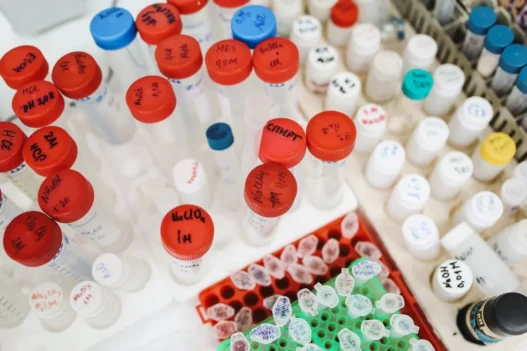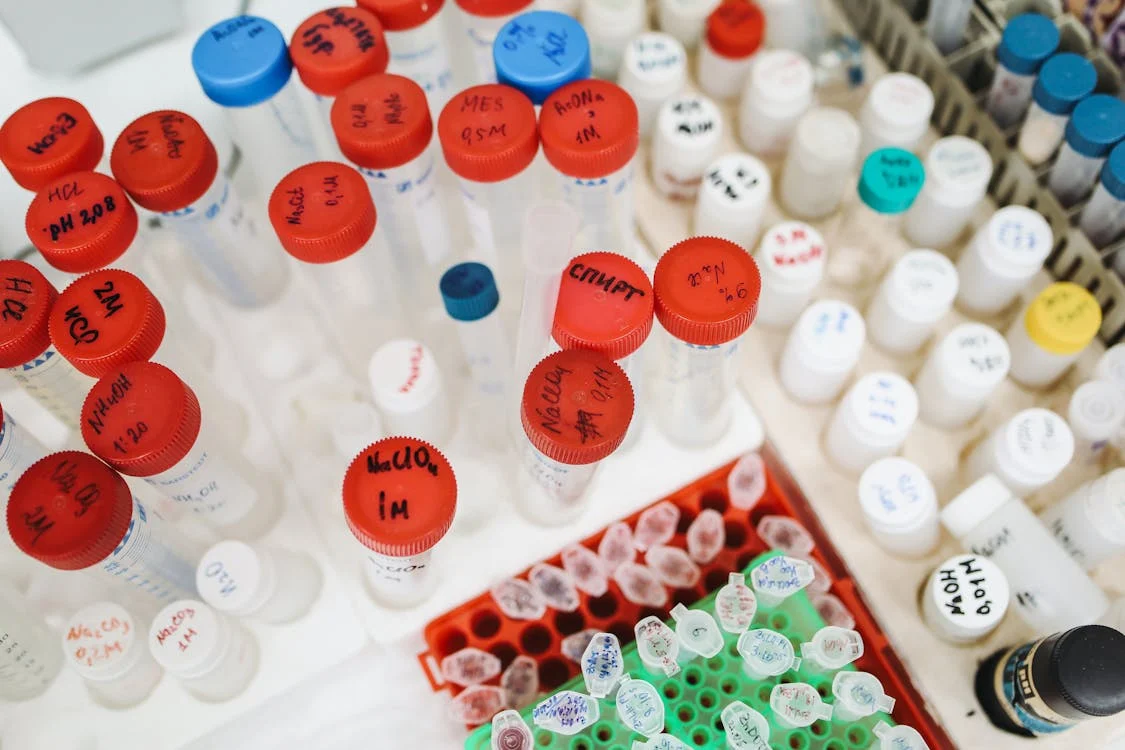2,5-Dimethylfuran is a chemical compound with various applications that hold significance in everyday life. It is commonly used as a biofuel due to its high energy density and potential as a renewable alternative to traditional fossil fuels. Additionally, 2,5-Dimethylfuran is utilized in the production of pharmaceuticals, fragrances, and as a solvent in chemical reactions. Its versatility makes it a valuable compound in both industrial and consumer products, contributing to advancements in energy sustainability and daily conveniences.
Table of Contents:
- 💡 Commercial Applications
- ⚗️ Chemical & Physical Properties
- 🏭 Production & Procurement
- ⚠️ Safety Considerations
- 🔬 Potential Research Directions
- 🧪 Related Compounds
💡 Commercial Applications
2,5-Dimethylfuran has various commercial and industrial applications due to its potential as a biofuel component. It can be used as a renewable alternative to conventional fuels in engines and generators, which can help reduce greenhouse gas emissions. Additionally, 2,5-Dimethylfuran can be used in the production of polymers, resins, and other chemical compounds.
In terms of drug and medication applications, 2,5-Dimethylfuran has shown promise as a potential treatment for various medical conditions. Research has indicated its anti-inflammatory and antioxidant properties, which could be beneficial in the development of pharmaceutical products. However, more studies are needed to fully understand its potential in this field and to ensure its safety and efficacy in medicinal applications.
⚗️ Chemical & Physical Properties
2,5-Dimethylfuran is a colorless liquid with a sweet, ether-like odor. It is commonly used as an industrial solvent and fuel additive due to its low boiling point and high octane rating.
The molar mass of 2,5-Dimethylfuran is 98.13 g/mol, and its density is 0.89 g/cm³. When compared to common food items, such as sugar (180.16 g/mol) and water (1 g/cm³), 2,5-Dimethylfuran has a lower molar mass and density.
2,5-Dimethylfuran has a melting point of -96.7°C and a boiling point of 78.2°C. In comparison to common food items like salt (melting point of 801°C) and olive oil (boiling point of 230-250°C), 2,5-Dimethylfuran has much lower melting and boiling points.
2,5-Dimethylfuran is slightly soluble in water and has a low viscosity. Compared to common food items like salt (high solubility in water) and honey (high viscosity), 2,5-Dimethylfuran exhibits lower solubility and viscosity.
🏭 Production & Procurement
2,5-Dimethylfuran is primarily produced through the catalytic dehydration of 2,5-dimethyltetrahydrofuran, which itself can be obtained through the hydrogenation of 2,5-dimethylfuran. This process typically involves the use of solid acid catalysts such as zeolites, which promote the formation of 2,5-Dimethylfuran.
Once produced, 2,5-Dimethylfuran can be procured through various means such as direct purchase from chemical suppliers or manufacturers. The compound is typically transported in sealed containers or drums to ensure its stability and prevent any potential leaks or spills during transit.
Alternatively, 2,5-Dimethylfuran can also be obtained through custom synthesis from specialty chemical companies, which can tailor the production process to meet specific purity or quantity requirements. This method may involve longer lead times and potentially higher costs but offers a more specialized and customizable approach to procurement.
⚠️ Safety Considerations
Safety considerations for 2,5-Dimethylfuran should be taken seriously due to its potential hazards. This chemical is flammable and can ignite easily, posing a fire risk. In addition, it can cause skin and eye irritation upon contact, so proper personal protective equipment should be worn when handling it. In case of inhalation, it may cause respiratory irritation and should be used in a well-ventilated area.
The hazard statements for 2,5-Dimethylfuran include “May be harmful if swallowed,” indicating potential toxicity if ingested. It is also labeled as “Causes skin irritation” and “Causes serious eye irritation,” highlighting the irritant effects on skin and eyes. Furthermore, it is classified as a flammable liquid, with the statement “Keep away from heat/sparks/open flames/hot surfaces – No smoking” to prevent fire hazards during handling.
Precautionary statements for 2,5-Dimethylfuran include the need to keep it stored in a well-ventilated area and away from sources of ignition to prevent fire risks. It is recommended to wear protective gloves and eye protection when handling this chemical to avoid skin and eye irritation. In case of accidental exposure or ingestion, seek medical advice immediately and provide the Safety Data Sheet to medical personnel for proper treatment guidance.
🔬 Potential Research Directions
One potential research direction for 2,5-Dimethylfuran lies in its use as a biofuel additive. Studying its combustion properties and efficiency in engines could provide insights into its potential as a renewable fuel source.
Another promising research direction involves investigating the synthesis methods of 2,5-Dimethylfuran. Developing more efficient and sustainable processes for producing this compound could lead to increased availability and lower costs, making it a more viable option for industrial applications.
Additionally, exploring the potential uses of 2,5-Dimethylfuran in the pharmaceutical industry could be a fruitful research direction. Investigating its biological activities and potential therapeutic effects could lead to the discovery of new drugs or treatments for various medical conditions.
🧪 Related Compounds
One similar compound to 2,5-Dimethylfuran is 2,3-Dimethylfuran. This compound has a slightly different structural arrangement with the methyl groups located on the second and third carbon atoms instead of the second and fifth as in 2,5-Dimethylfuran. Despite this difference, 2,3-Dimethylfuran shares similar properties and reactivity with 2,5-Dimethylfuran due to the presence of methyl groups on the furan ring.
Another compound with a comparable structure to 2,5-Dimethylfuran is 2,4-Dimethylfuran. In this compound, the methyl groups are attached to the second and fourth carbon atoms of the furan ring, resulting in a different spatial arrangement compared to 2,5-Dimethylfuran. However, like 2,5-Dimethylfuran, 2,4-Dimethylfuran is a volatile liquid with a similar boiling point and chemical reactivity due to the presence of methyl groups on the furan ring.
One more compound that shares structural similarities with 2,5-Dimethylfuran is 2,6-Dimethylfuran. In this compound, the methyl groups are positioned on the second and sixth carbon atoms of the furan ring, leading to a distinct molecular arrangement compared to 2,5-Dimethylfuran. Despite this difference, 2,6-Dimethylfuran exhibits comparable physical and chemical properties to 2,5-Dimethylfuran owing to the presence of methyl groups on the furan ring.







